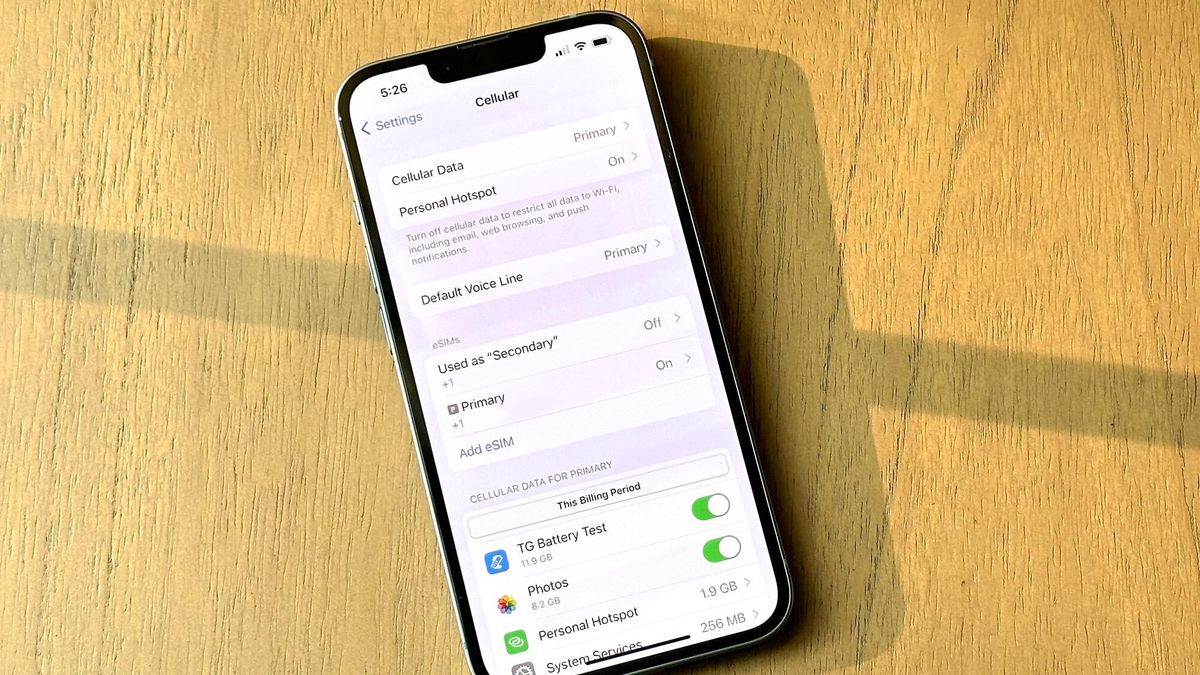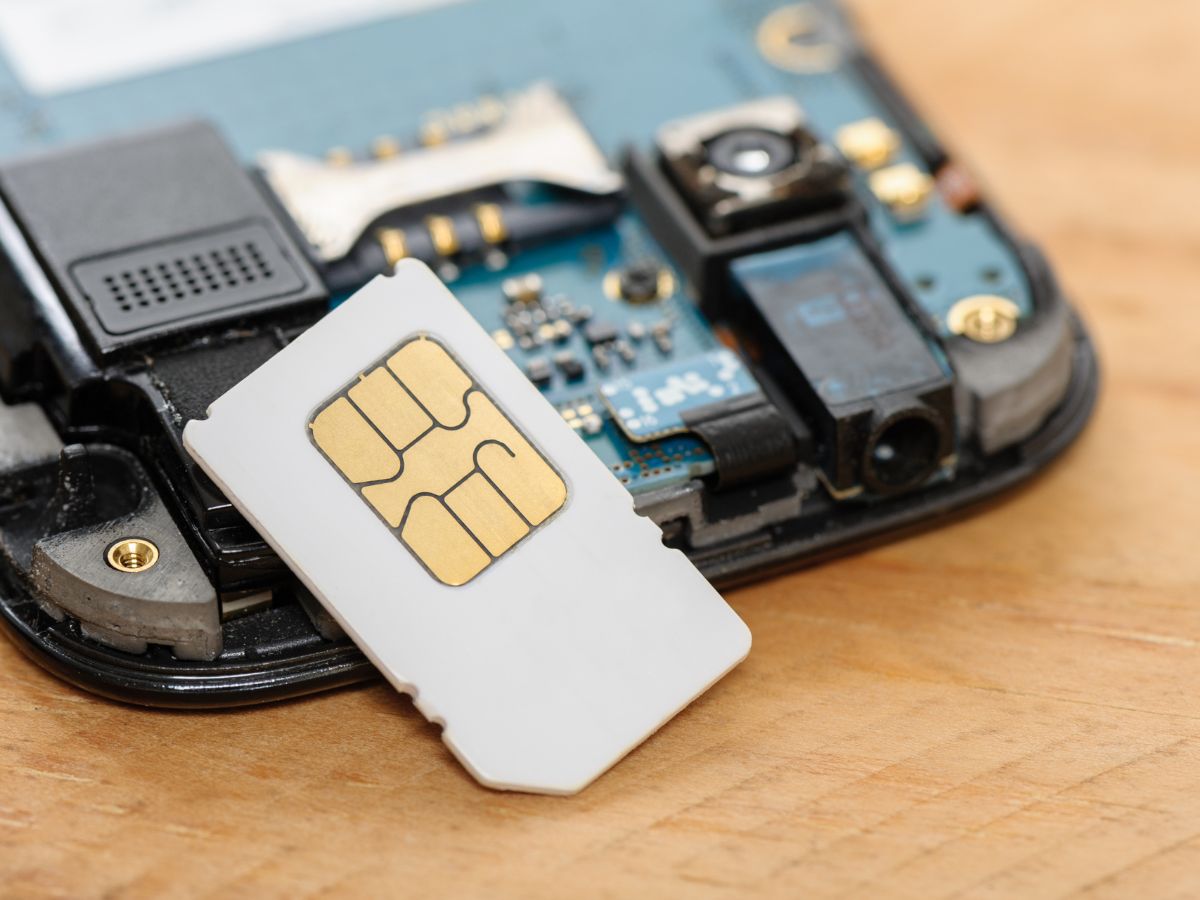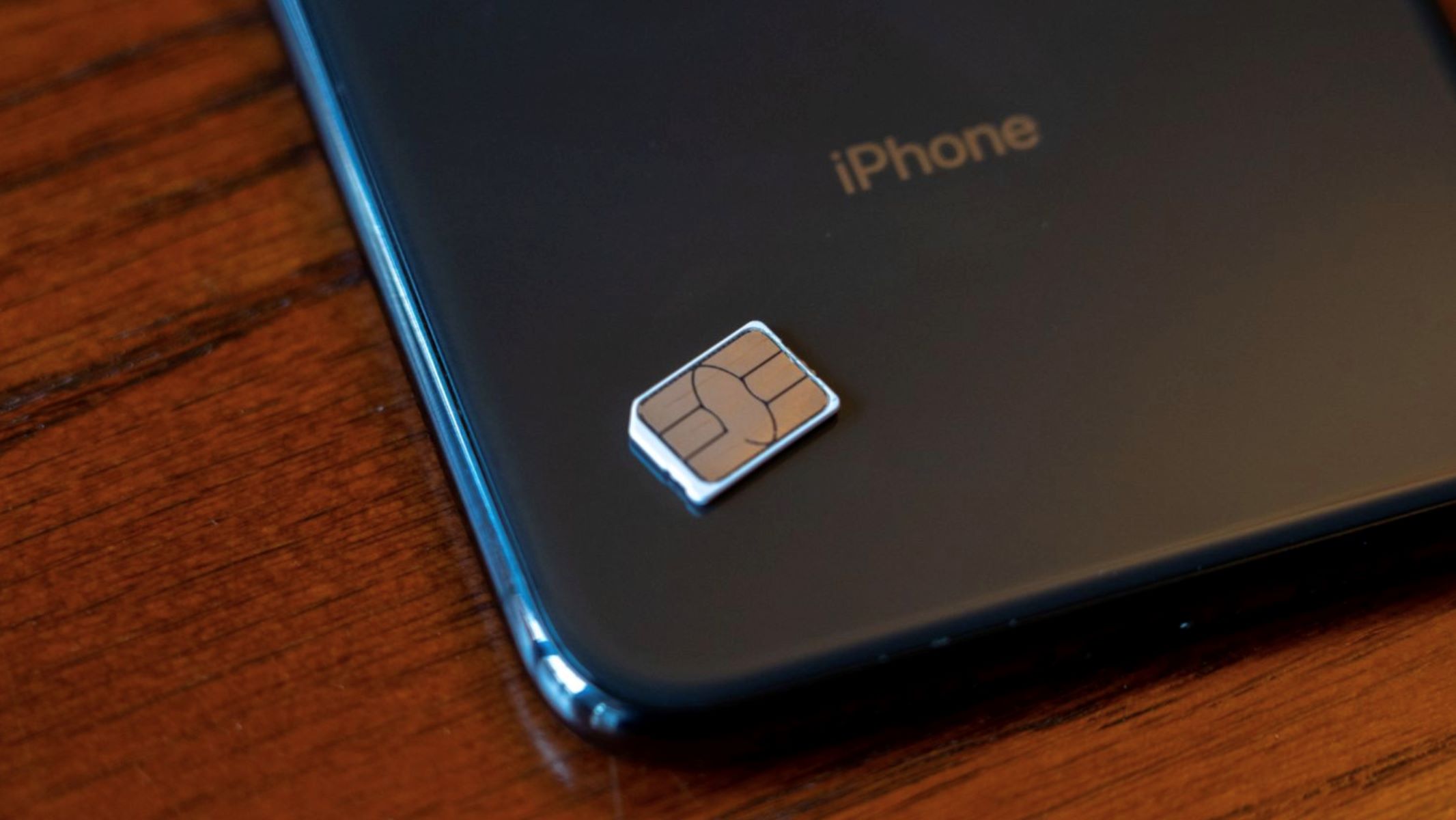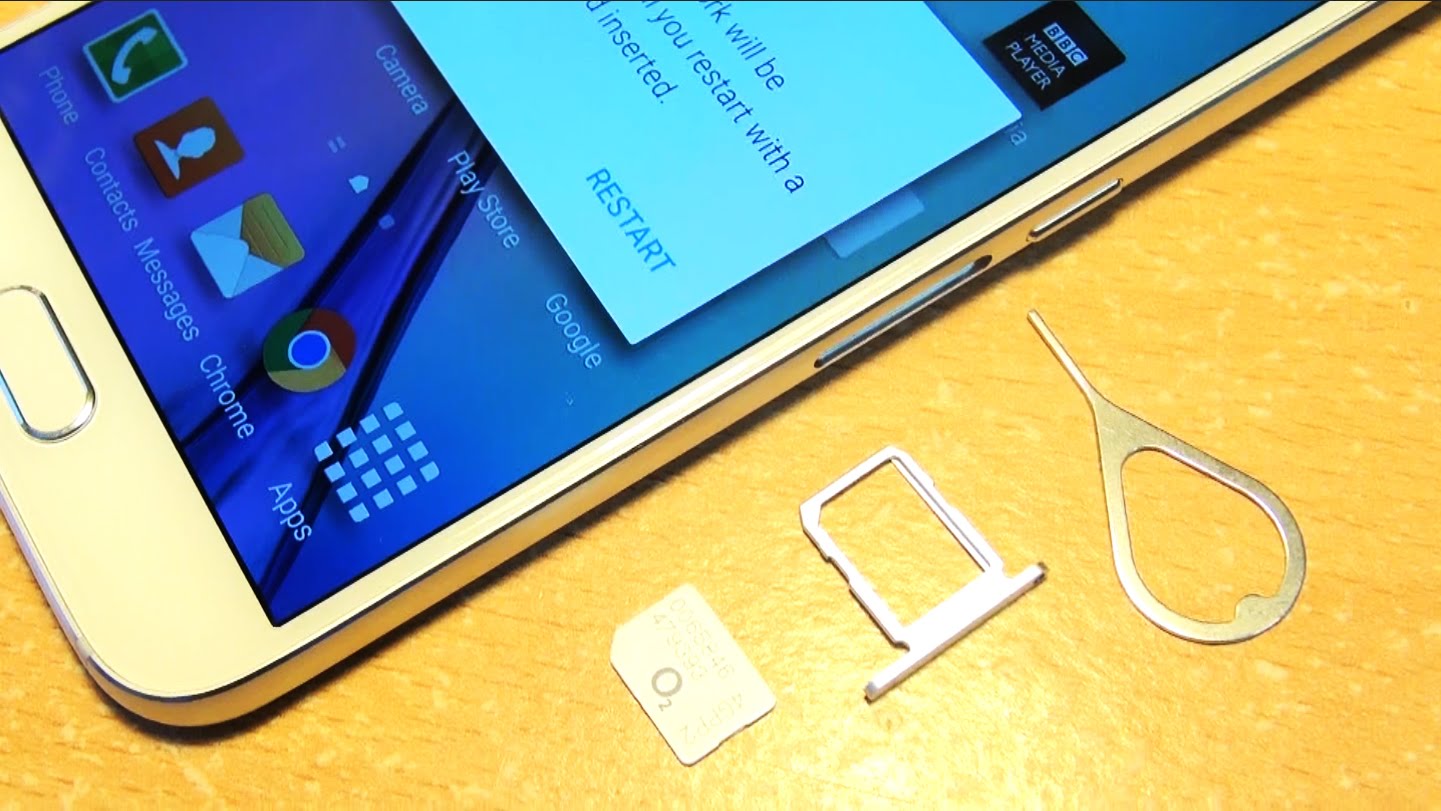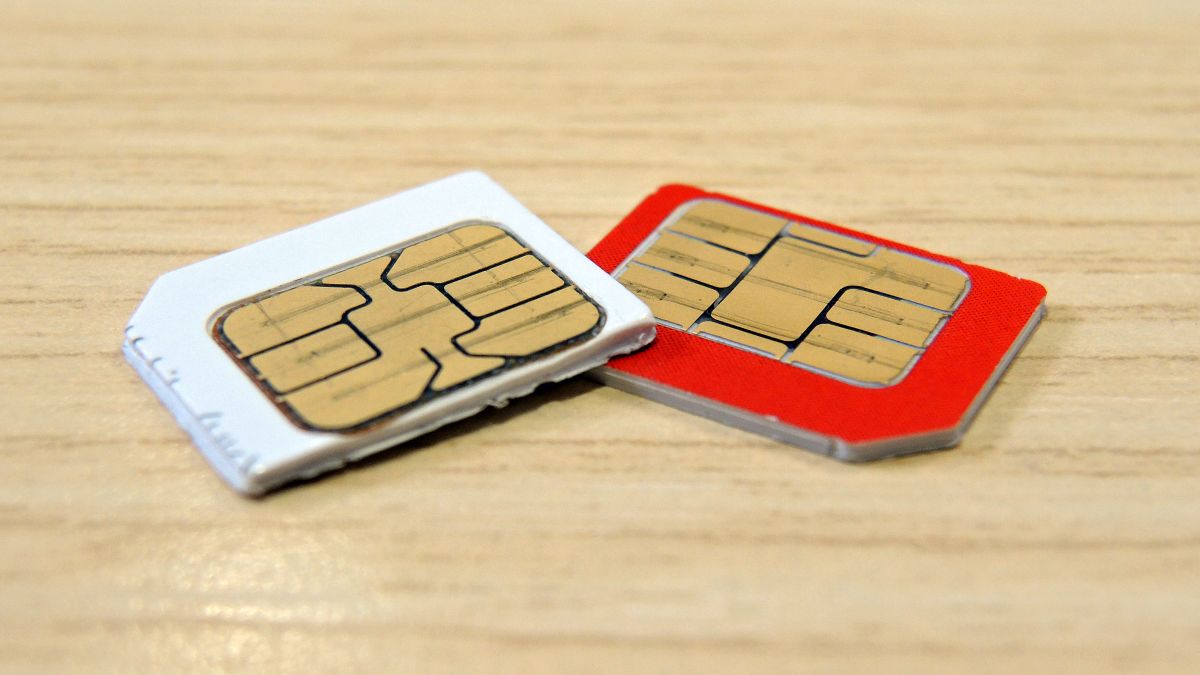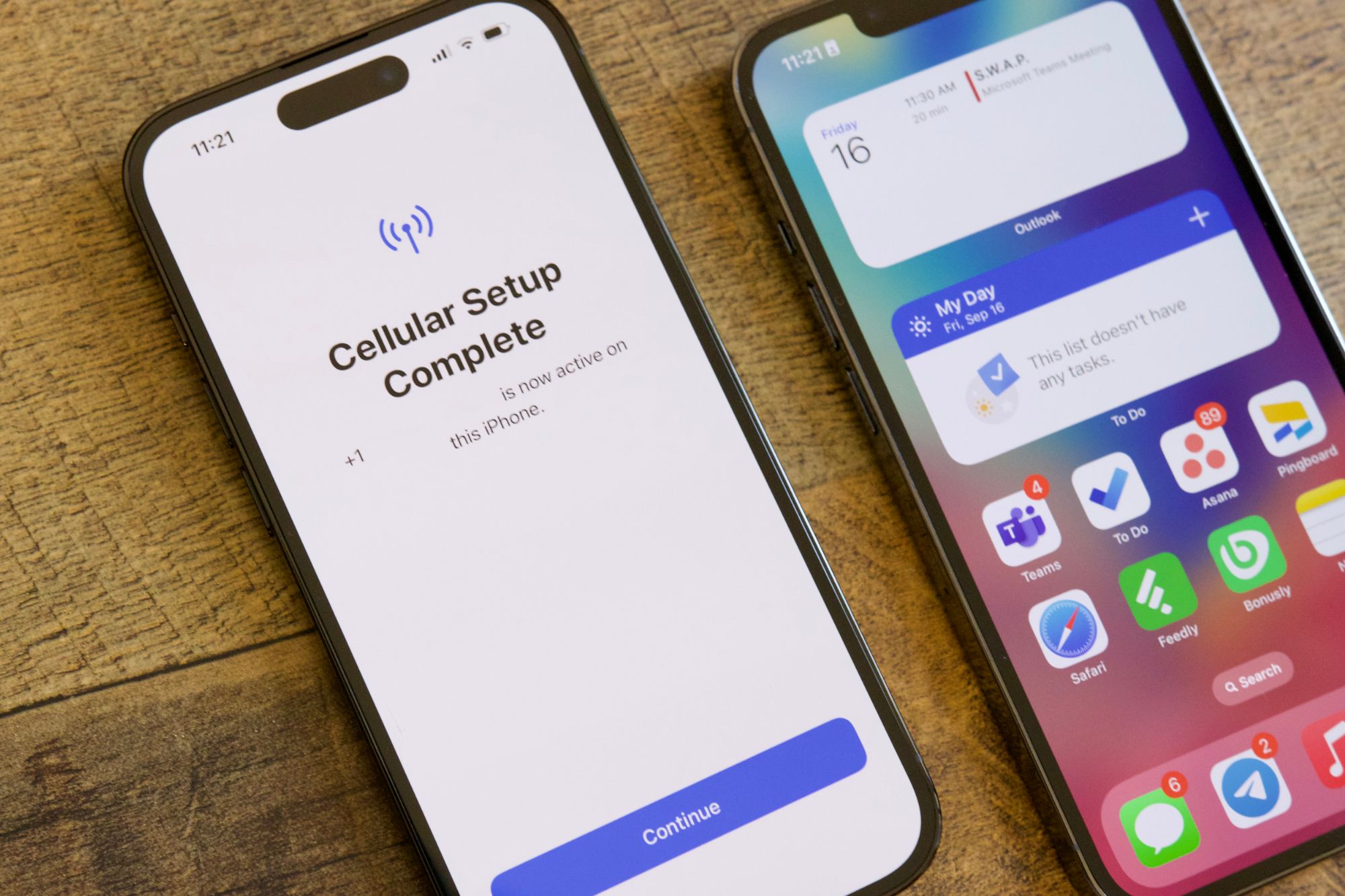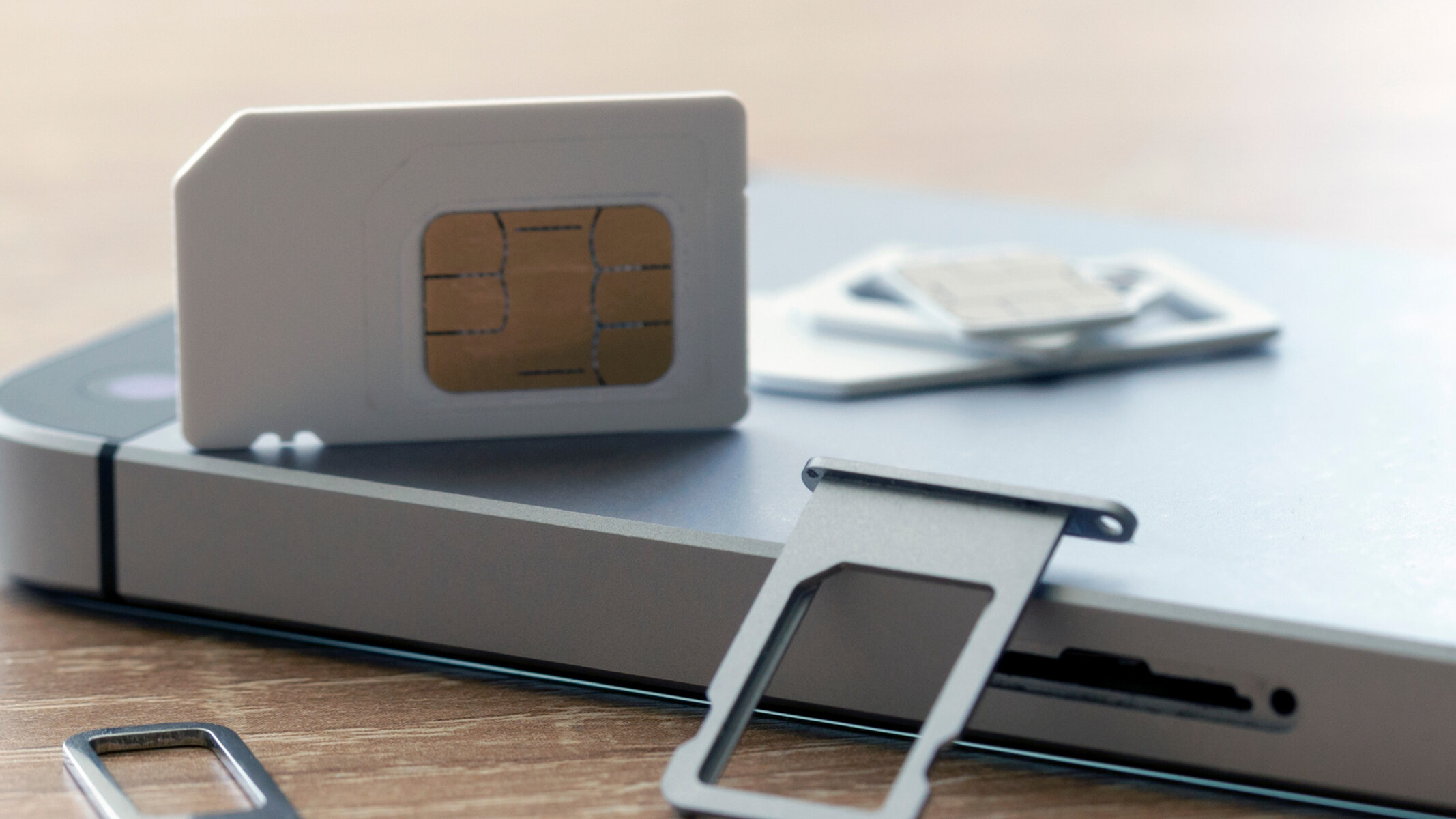Introduction
In today's fast-paced world, staying connected is more critical than ever. Whether it's for work, keeping in touch with loved ones, or accessing crucial information on the go, having a reliable mobile device plays a pivotal role in our daily lives. One of the key components that enable this connectivity is the Subscriber Identity Module (SIM) card. This tiny, yet powerful, piece of technology is what links your device to your mobile network, allowing you to make calls, send messages, and access the internet.
Despite its small size, the SIM card holds a wealth of information, including your unique mobile number, network authentication key, and personal contacts. As such, when it comes to switching SIM cards, the process can seem daunting, especially when the fear of losing your cherished mobile number looms large.
Fortunately, with the advancements in mobile technology and streamlined processes, switching SIM cards without losing your number has become more straightforward than ever. Whether you're upgrading to a new device, changing carriers, or simply need to replace a damaged SIM card, understanding the intricacies of this process is crucial to ensuring a seamless transition while retaining your cherished mobile number.
In this comprehensive guide, we'll delve into the world of SIM cards, unravel the mystery behind switching them without losing your number, and explore the essential considerations to keep in mind before making the switch. By the end of this journey, you'll be equipped with the knowledge and confidence to navigate the process of switching SIM cards with ease, ensuring that your mobile number remains a steadfast companion in your connected world.
Understanding SIM Cards
A Subscriber Identity Module (SIM) card is a small, yet indispensable, component of mobile devices, serving as the linchpin that connects your device to your mobile network. This tiny chip holds a wealth of vital information, including your unique mobile number, network authentication key, and personal contacts.
SIM cards come in various sizes, including standard, micro, and nano, to accommodate different device models. The SIM card's primary function is to authenticate your identity to the mobile network, enabling you to make calls, send messages, and access mobile data. It achieves this by storing a unique International Mobile Subscriber Identity (IMSI) number, which is used to identify and authenticate your device on the network.
Furthermore, SIM cards also store personal contacts and text messages, making them portable and transferable between devices. This portability allows users to seamlessly switch between devices, provided the new device supports the same SIM card size.
In addition to facilitating communication, SIM cards also play a crucial role in securing the mobile network. They store a unique authentication key, known as the Ki, which is used to verify the identity of the device when connecting to the network. This security feature helps prevent unauthorized access and ensures the integrity of the mobile network.
Moreover, modern SIM cards often come with added functionalities, such as the ability to store and transfer mobile payment credentials, provide access to secure corporate networks, and enable advanced mobile services like near-field communication (NFC) for contactless payments and access control.
Understanding the significance of SIM cards and their multifaceted functionalities is crucial when it comes to switching SIM cards without losing your number. By grasping the role of the SIM card as the gateway to your mobile network and the guardian of your mobile identity, you can approach the process of switching SIM cards with confidence and clarity.
How to Switch SIM Cards Without Losing Your Number
Switching SIM cards without losing your number is a straightforward process that involves careful planning and adherence to specific steps to ensure a seamless transition. Whether you're upgrading to a new device, changing carriers, or replacing a damaged SIM card, preserving your mobile number is paramount. Here's a detailed guide on how to navigate this process effectively:
-
Contact Your Current Mobile Provider: Begin by reaching out to your current mobile provider to initiate the process of switching SIM cards while retaining your number. This step involves requesting a new SIM card while informing the provider of your intention to keep your existing mobile number. The provider will guide you through the necessary steps and may require verification of your identity for security purposes.
-
Choose a New SIM Card: If you're switching to a new device or carrier, ensure that the new SIM card is compatible with your device and supports the same network technology. For instance, if your current device uses a nano SIM, ensure that the new device or carrier provides a nano SIM to facilitate a smooth transition.
-
Backup Your Data: Before removing the current SIM card, it's crucial to back up your contacts, messages, and any other vital data stored on the old SIM card. Most modern smartphones offer built-in options to back up this information to the device's internal storage, cloud services, or external storage media.
-
Activate the New SIM Card: Once you have the new SIM card in hand, follow the activation instructions provided by your new mobile provider or carrier. This typically involves inserting the new SIM card into your device and following the activation prompts displayed on the screen. Activation may require entering a unique activation code or completing an online activation process.
-
Verify Number Porting: If you're switching to a new carrier, the process of retaining your existing number, known as number porting, will typically be handled by the new carrier. Ensure that the number porting process is initiated and verify the estimated timeline for the transfer of your mobile number to the new SIM card.
-
Test the New SIM Card: Once the new SIM card is activated and the number porting process is completed, test the functionality of the new SIM card by making calls, sending messages, and accessing mobile data. It's essential to ensure that all services are operational and that your mobile number is fully transferred to the new SIM card.
By following these steps and maintaining clear communication with your mobile provider or carrier, you can successfully switch SIM cards without losing your number. This process allows you to seamlessly transition to a new device or carrier while retaining the familiarity and convenience of your existing mobile number.
Considerations Before Switching
Before embarking on the journey of switching SIM cards without losing your number, several crucial considerations merit careful attention. These considerations are pivotal in ensuring a smooth and successful transition while safeguarding the integrity of your mobile services and personal data. Here are the essential factors to contemplate before making the switch:
Compatibility and Technology:
Ensure that the new SIM card and the destination device or carrier are compatible in terms of SIM card size and network technology. Different devices may require specific SIM card sizes, such as standard, micro, or nano, and supporting the appropriate network standards, such as GSM or CDMA. Verifying compatibility is vital to prevent any technical hurdles during the transition process.
Data Backup:
Prior to removing the current SIM card, it is imperative to back up all essential data stored on the old SIM card, including contacts, messages, and any other pertinent information. This can be achieved through the backup features offered by modern smartphones, allowing the seamless transfer of personal data to the new SIM card or the device's internal storage.
Service Plan Considerations:
If you are switching carriers, carefully review the service plans and offerings provided by the new carrier. Compare the pricing, network coverage, data plans, and additional benefits to ensure that the new service aligns with your communication needs and budget. Additionally, consider any contractual obligations or early termination fees with your current provider to make an informed decision.
Number Porting Process:
When switching to a new carrier, inquire about the process of number porting, which involves transferring your existing mobile number to the new SIM card and carrier. Verify the timeline for the number transfer and any potential service disruptions during the transition. Clear communication with the new carrier regarding the number porting process is crucial to minimize any inconvenience.
Network Activation:
After inserting the new SIM card, ensure that the activation process is completed promptly. Follow the activation instructions provided by the new carrier or mobile provider, which may involve entering an activation code or completing an online activation process. Prompt activation is essential to minimize downtime and ensure uninterrupted access to mobile services.
By meticulously considering these factors before switching SIM cards, you can navigate the process with confidence and mitigate potential challenges. These considerations empower you to make informed decisions, safeguard your mobile number, and seamlessly transition to a new device or carrier while preserving the continuity of your mobile services and personal data.
Conclusion
In the ever-evolving landscape of mobile technology, the humble SIM card remains a stalwart guardian of our mobile identity and connectivity. As we've journeyed through the intricacies of switching SIM cards without losing our cherished mobile numbers, it's evident that this process, once perceived as daunting, has transformed into a streamlined and accessible transition. By understanding the significance of SIM cards, the essential steps for switching, and the critical considerations before making the switch, we've equipped ourselves with the knowledge and confidence to navigate this process effectively.
The ability to retain our mobile numbers while embracing new devices or carriers is a testament to the seamless interoperability facilitated by modern mobile networks. The convenience and familiarity of our mobile numbers serve as a digital lifeline, connecting us to our contacts, services, and the world at large. As we bid farewell to the days of cumbersome number changes and disruptions, the prospect of upgrading to the latest smartphone or embracing a new carrier becomes a seamless and empowering experience.
Moreover, the considerations outlined in this guide underscore the importance of meticulous planning and informed decision-making when it comes to switching SIM cards. By ensuring compatibility, backing up essential data, evaluating service plans, understanding the number porting process, and expediting network activation, we safeguard the continuity of our mobile services and personal data. This proactive approach not only mitigates potential challenges but also empowers us to embrace new opportunities in the realm of mobile connectivity.
As we embrace the future of mobile technology, the process of switching SIM cards without losing our numbers serves as a testament to the harmonious convergence of innovation and user-centric design. It exemplifies the seamless fusion of advanced technology and user convenience, allowing us to embark on new mobile adventures with confidence and ease.
In conclusion, the journey of switching SIM cards without losing our numbers transcends the technical realm, embodying the essence of seamless connectivity and digital empowerment. With a deeper understanding of SIM cards, a clear roadmap for switching, and a mindful approach to considerations, we embark on this journey with the assurance that our cherished mobile numbers will continue to be our steadfast companions in the ever-connected tapestry of our lives.









